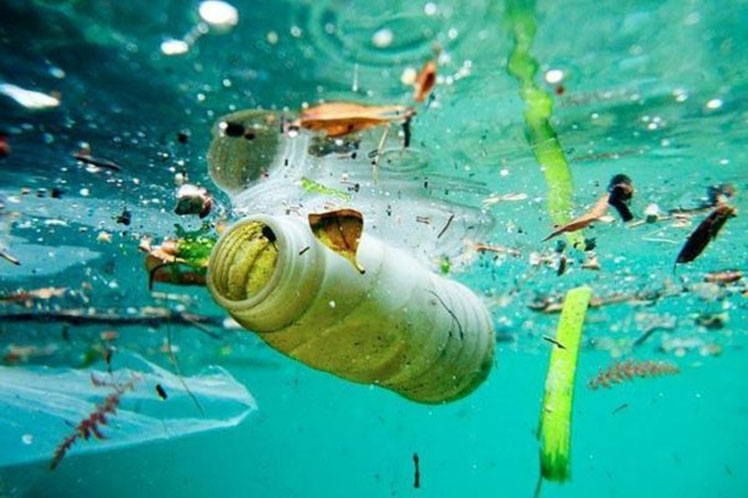The researchers noted that the COVID-19 pandemic has led to an increased demand for single-use plastics such as face masks, gloves, and face shields, so the research found that a significant portion of this ocean plastic debris is expected to make its way onto either beaches or the seabed within three to four years.
The team led by researchers at Nanjing University in China and Scripps Oceanography Institute in the United States, in charge of the project, stressed that such a situation “poses a lasting issue for ocean environment.”
Ahead of this scenario, researchers urged “to a better management of medical waste in the epicenters of the Covid-19 pandemic, especially in developed countries.”
According to calculations, about 1.56 billion of face masks ended up in the seas in 2020, which also increased threats to animals that eat or get trapped in the plastic.
Another element that generated excess of plastic is the rise “at an unprecedented speed” of online sales, due to the packaging of products.
Estimates indicated that as many as 193 countries had generated over eight million tons of plastic waste related to the pandemic by the end of August this year.
Personal protective equipment used by society accounted for 7.6% of the total and the online purchases accounted for 4.7%.
On the other hand, testing kits only represented 0.3% of all waste.
Scientists detailed that the continent producing plastic waste the most was Asia, with about 46% of the total, followed by Europe (24%) and the Americas (22%).
mh/pll/mem/cdg









